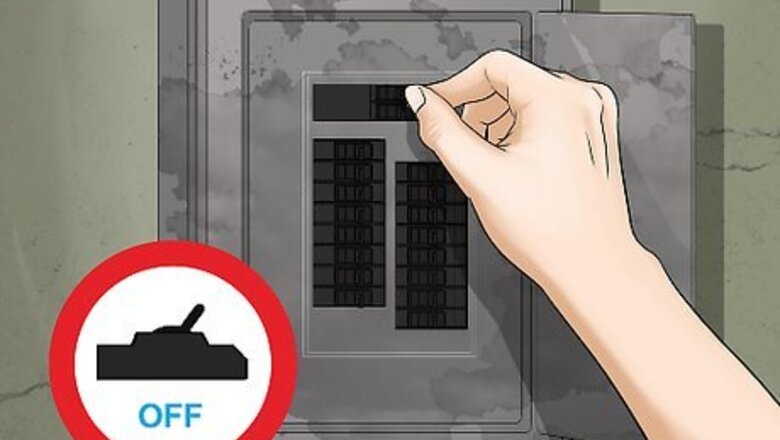
views
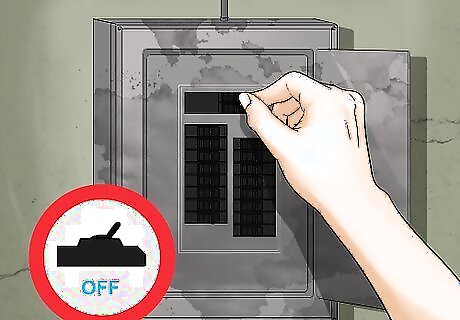
Switch off the main power switch. This should be located at the top of the breaker panel.
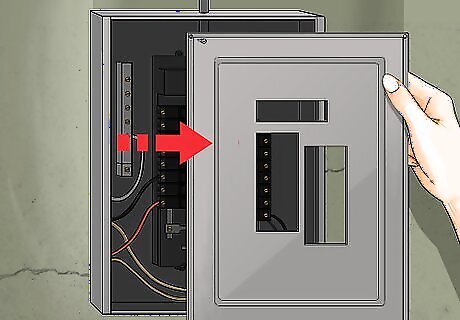
Take the cover of the breaker box off.
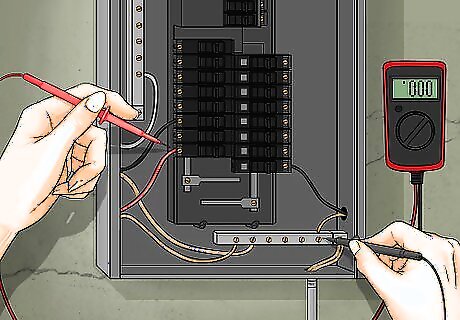
Use an electrical tester by putting the tip of one probe against the ground bus bar and the other against one of the screws of a circuit breaker. Connected to this screw should be a red, black, or blue covered wire. If you have properly turned off the power, there should be no signs of voltage.
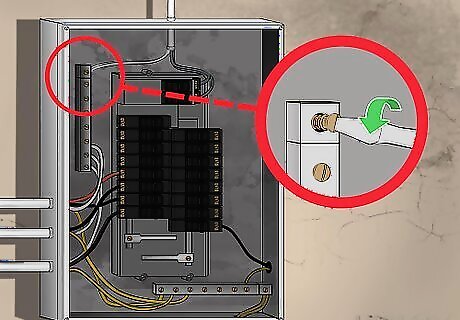
Remove the covering from one of the holes that runs across the breaker panel's top side. You may need a small, pointy tool, such as a screwdriver, to get them out.
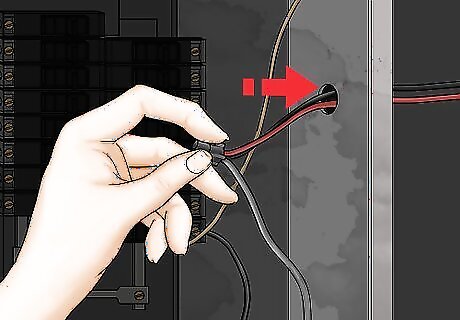
Attach a cable clamp through the hole. The cable clamp will keep the four-conductor cable in place after you run it through the hole. Remove the lock-nut from the cable clamp. Push the cable clamp through the hole. The side that comes through the bottom should have spiral edges for screwing it in. Tighten the lock-nut back around the cable clamp by placing it at the underside of the clamp where you see the spiral edges and screwing it in with Channel-Lock pliers.
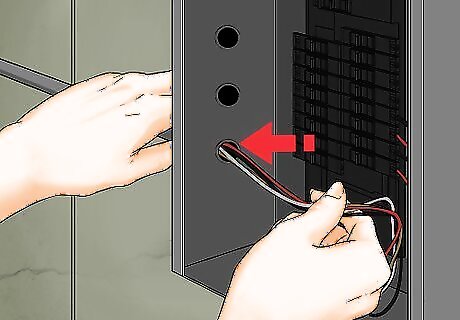
Run a four-conductor cable from the sub-panel breaker box through this clamp and tighten it. You may need a professional to look at your breaker box and tell you which kind of four-conductor cable you need.
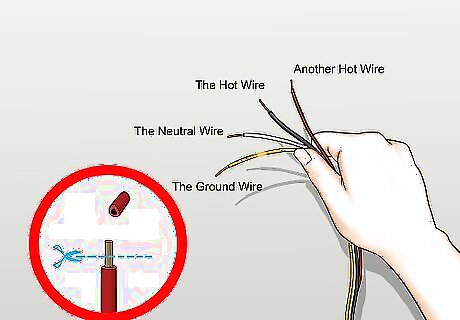
Cut the covering of the cable and pull this covering away. Inside the covering, you'll find a copper wire (the ground wire), a white covered wire (the neutral wire), a black wire (the hot wire), and a red wire (another hot wire). In the sub-panel box, the neutral and ground wires will connect the same as they do in the main breaker box, but the red and black wires will connect to the hot bar instead of a circuit breaker.
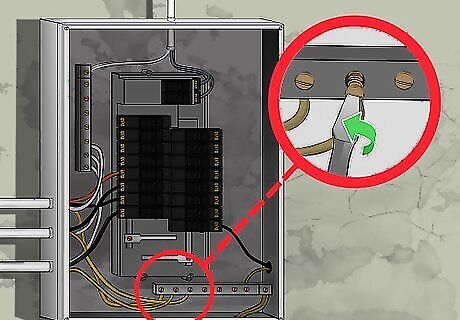
Find the ground bus bar. It is a metal strip with a row of screws running down it. Using a flathead screwdriver, unscrew one of them slightly and push your ground wire through. Screw it back in tightly after you insert it.
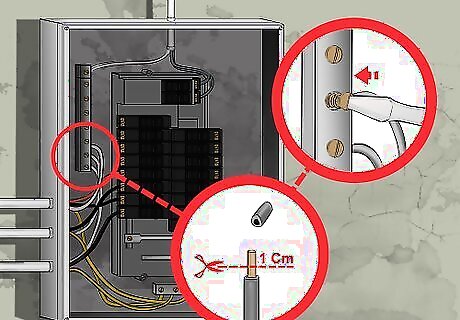
Find the neutral bus bar. Like the ground bus bar, this will be a metal strip with a row of screws, but the neutral bus bar is typically white. Take a neutral wire and cut away about a centimeter of the covering at the end of the wire. Use your flathead screwdriver to unscrew one of the screws and then push the wire through. Screw it back in after you have inserted the neutral wire.
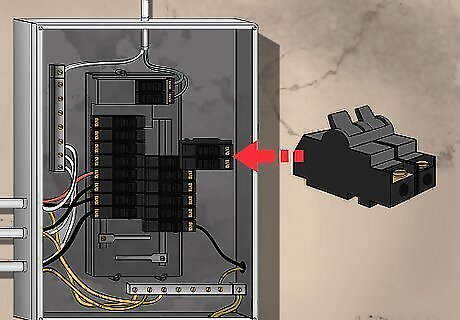
Locate an opening for a new circuit breaker. You should find a list of acceptable circuit breakers you can use. Make sure that your circuit breaker is of acceptable size and voltage.
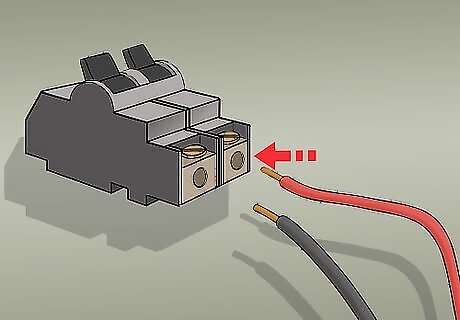
Locate the black hot wire and attach it to the back of the circuit breaker. It will be clearly indicated where this should go. Depending on the kind of circuit breaker you must use, you may have to attach the red hot wire as well.
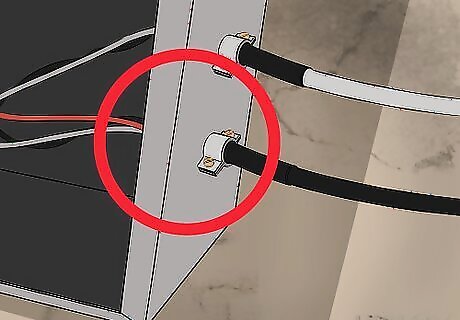
Locate the two sets of clips on the back side of the circuit breaker. One set will be on the left side, and the other on the right side.
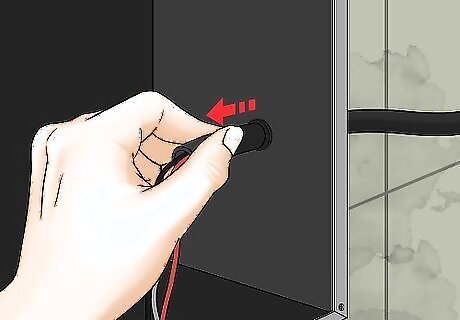
With the circuit breaker held correctly (the text on it should indicate which way is right side up), push the set of clips at the right side of its back into the plastic bar in the opening.
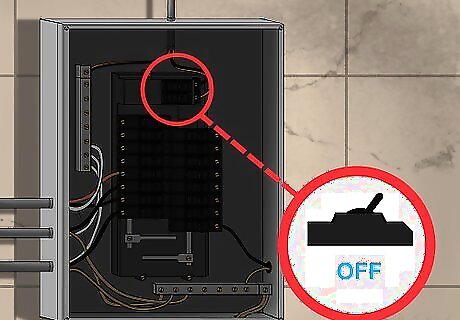
Check once more to make sure the circuit breaker is switched off.
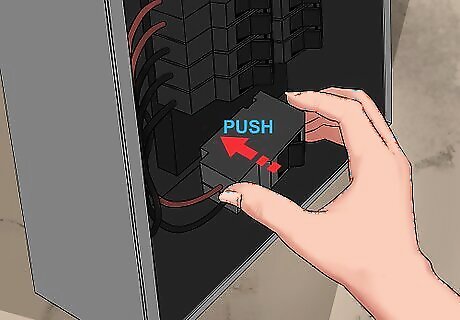
Push the left set of clips at the back of the circuit breaker into place on the plastic bar in the opening.
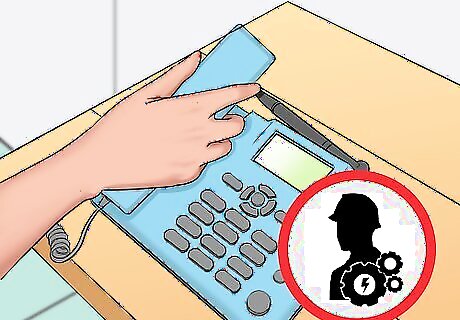
Get in touch with a professional electrician to test out your work on the circuit breaker before turning power back on.














Comments
0 comment